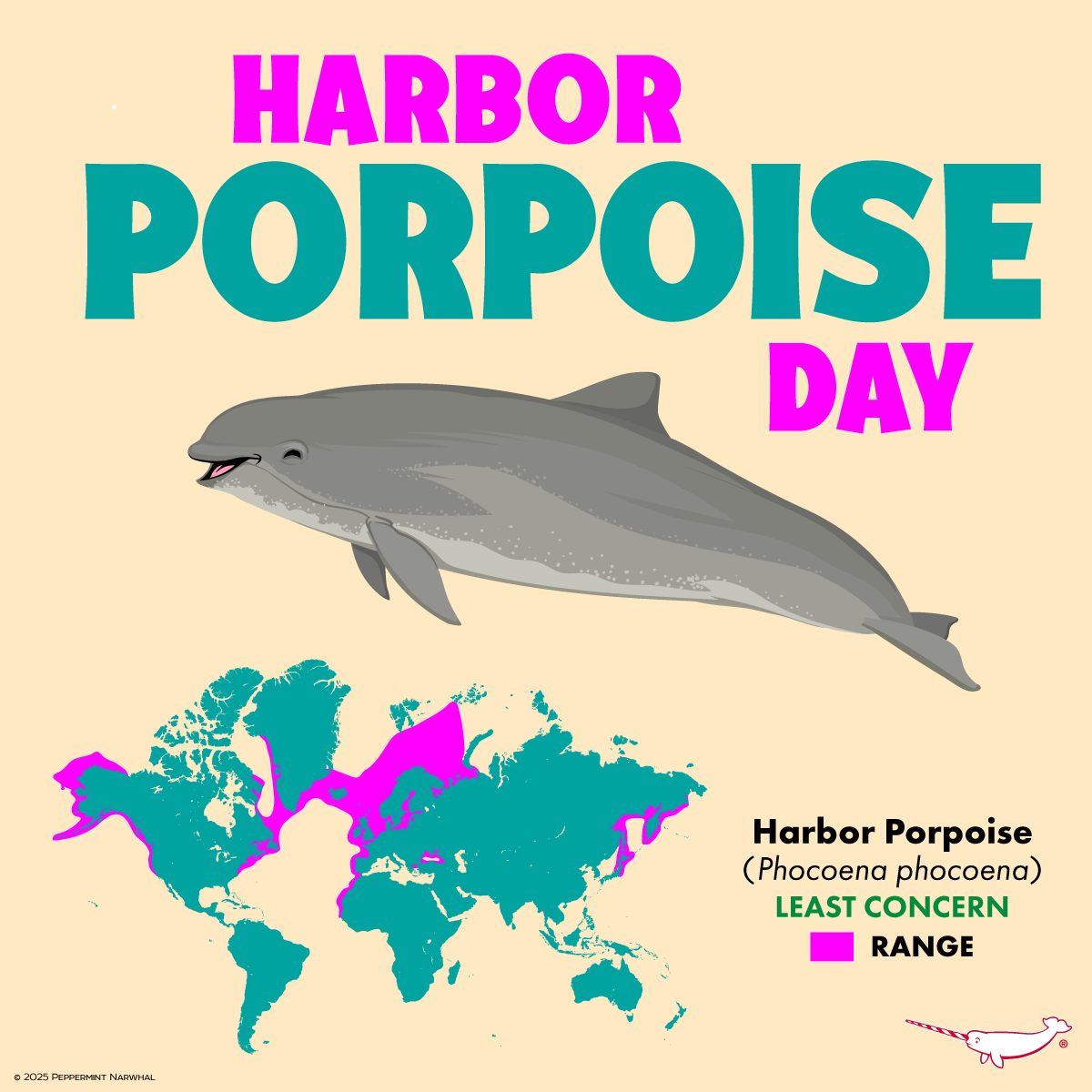- Importance of Happy Harbor Porpoise Day and its role in conservation
- Characteristics and behavior of the Harbor Porpoise
- Threats faced by the Harbor Porpoise
- Conservation efforts and challenges
- Public engagement and awareness strategies
Every year, Happy Harbor Porpoise Day is celebrated to highlight the importance of conserving the Harbor Porpoise (Phocoena phocoena). This event draws attention to a species that, despite being commonly observed due to its proximity to coastlines, remains under-researched and little understood. The day serves as a reminder of the ecological significance of these porpoises and the urgent need for protective measures.
Harbor Porpoises are among the smallest cetaceans, measuring about 4.6 to 6.2 feet in length. They exhibit a compact body, a triangular dorsal fin, and a light grey to dark slate skin tone. These marine mammals frequent the shallow coastal waters of the North Atlantic and North Pacific Oceans, thriving in environments rich in their preferred prey: small fish and squid. Their elusive nature and shy demeanor often pose challenges for researchers attempting to study them, as they tend to avoid boats and disruptions. These behavioral characteristics, coupled with their critical role in marine ecosystems, highlight the necessity of dedicated observational studies and data collection.
Various threats endanger the Harbor Porpoise, primarily stemming from human activities. Pollution, especially chemical runoff and plastic waste, presents significant hazards to their health and habitat. The prevalence of fishing nets poses another risk, as porpoises often become entangled in bycatch, leading to injury or death. Additionally, the noise pollution from recreational boats, shipping, and coastal construction disrupts their echolocation abilities, vital for hunting and navigation. Overfishing can lead to prey depletion, further threatening their survival. These factors emphasize the urgent need for comprehensive conservation strategies.
Conservation efforts for the Harbor Porpoise are complicated by several factors. The species’ wide geographical range aids its resilience but also complicates unified conservation policies across international waters. Additionally, the limited data available on population trends and habits hinders the development of effective management plans. Current initiatives focus on mitigating threats through improved fishing nets, regulation of boat traffic, and pollution control. However, more efforts are needed to expand research, enforce regulations, and enhance habitat protection.
Public engagement is crucial in conservation endeavors. Happy Harbor Porpoise Day plays an essential role in raising awareness and mobilizing public support. Educational programs and activities associated with this day aim to inform people about the challenges harbor porpoises face and encourage involvement in conservation actions. Community events, school programs, and online campaigns contribute to spreading awareness and fostering a sense of responsibility toward protecting marine biodiversity.
In summary, Happy Harbor Porpoise Day is not just a celebration but a catalyst for change. By focusing attention on these remarkable creatures, we emphasize the importance of understanding and conserving marine animals. Through collaboration, education, and dedicated conservation efforts, we can ensure that the Harbor Porpoise continues to flourish in its natural habitat.
*****
Source Description
Happy Harbor Porpoise Day!
The Harbor Porpoise (Phocoena phocoena) is one of the smallest species of cetacean. As its name implies, it stays in shallow water near the coastline. This makes it more vulnerable to many threats including pollution, nets, noise, prey depletion from human fishing activities, recreational boat traffic & shipping, and construction. Although its current population is unknown to either be increasing or decreasing, the species has a large range which helps fortify it against its many threats, unlike the related Vaquita (Phocoena sinus) which has a very small range and is much more vulnerable to environmental threats. Because of its wide range and closeness to shore, the Harbor Porpoise is the most commonly observed of all the porpoise species. But despite this, it is not a well studies species. Some of the same challenges the Harbor Porpoise face make studying the species notoriously difficult, further compounded by its shy and elusive nature.
MARINE MAMMAL MERCH: https://www.peppermintnarwhal.com/s/search?q=marine%20mammal
NEW! Kickstarter – Endangered 7 (enamel pin series)
PLEDGE NOW: pnpins.com
The FINAL day to pledge is May 28, 2025.
We appreciate the support!
Shop www.peppermintnarwhal.com
International Shoppers (outside of the USA and Canada) visit our store on Etsy:
www.etsy.com/shop/PeppermintNarwhal


